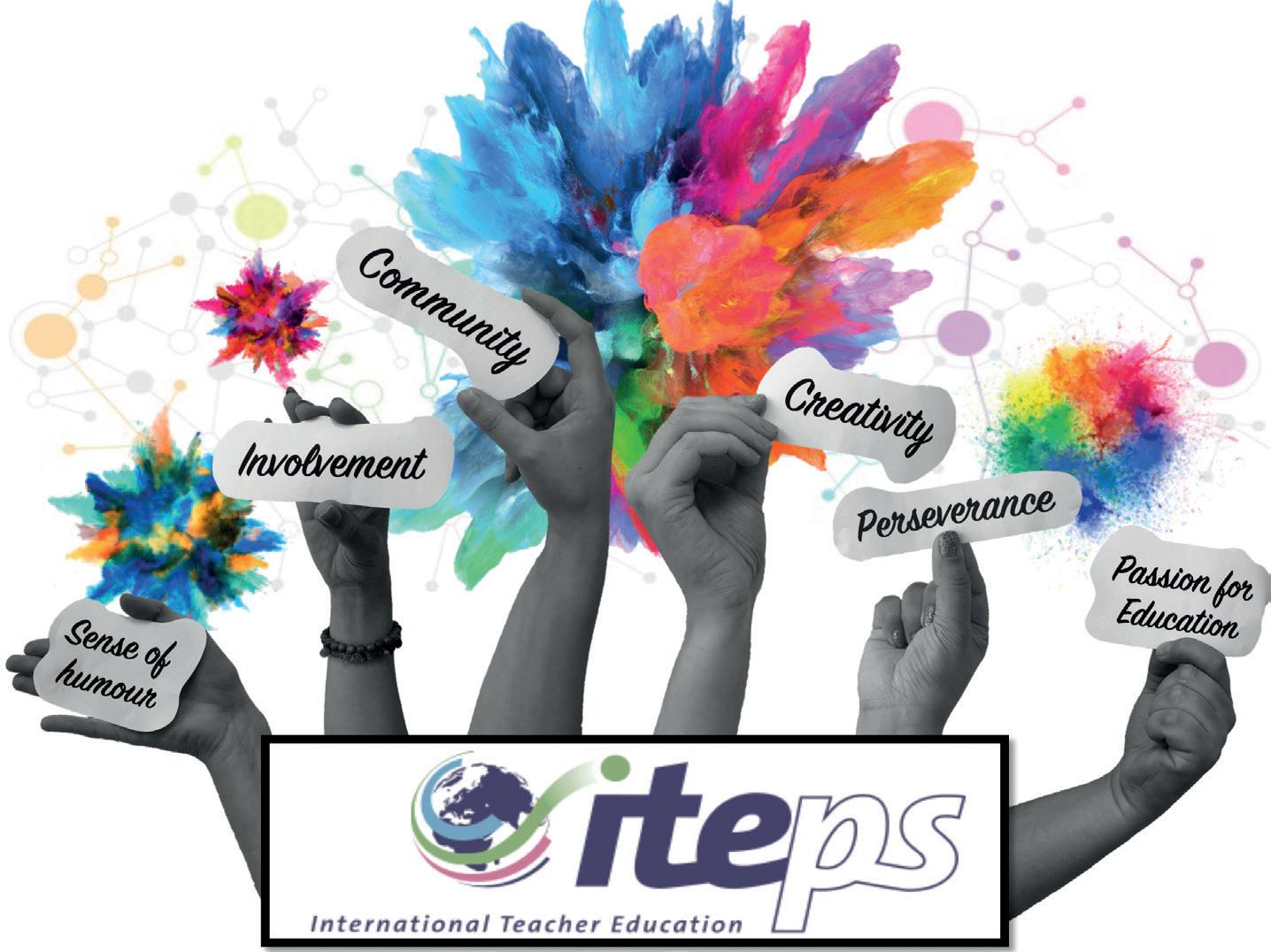People and places
Enko Keur Gorgui: An MYP2 Science class (in Senegal).
Increasing educational opportunities in Africa Keith Allen explains a project that offers opportunities to students across the continent When Cyrille Nkontchou and Eric Pignot met in Boston, Massachusetts in 2012 they discussed the low proportion of African students at their alma maters – Harvard and MIT. Why so few, especially in comparison to students from India? The India/Africa comparison is valuable because, although India has a slightly higher population than the 54 African countries combined (1.339 billion vs 1.216 billion), the demographic profile of Africa means that the youth population is slightly larger. Looking at the number of students in higher education in the USA, however, reveals a clear bias towards India – with three times as many students as from the African continent. There is no doubt that students across Africa are just as determined to obtain a good education as are those in India; they have the same innate abilities. The difference – as Cyrille and Eric appreciated – is opportunity. Of course, there is wide diversity across the vast African continent. Countries such as Ghana and Egypt have powerful historic traditions in educational provision; others such as Niger and Côte d’Ivoire offer students much reduced opportunities. Autumn
Spring |
| 2020
Examination of the detailed data from UNESCO on student mobility in relation to higher education (http://uis.unesco. org/en/uis-student-flow) shows that the disparity noticed by Cyrille and Eric is not totally clear cut. UIS data shows 535,563 African students moving to another country for higher education, compared with 332,033 for India. But, part of the African mobility is to other parts of the continent. Universities in Egypt, Ghana and South Africa have strong reputations; newer institutions in those countries and in Kenya, Mauritius, Morocco and Rwanda, for instance, have growing appeal. Moreover, for francophone students, the main direction of movement for tertiary education is to France … where African students outnumber Indians by 40:1. Those caveats aside, it is still clear that the availability of high quality education in many parts of Africa is significantly below the opportunities afforded in other developing nations. Cyrille and Eric decided to try to ameliorate the situation, and Enko Education was born to establish a network of African international schools. Enko Education’s mission is to increase
49

























